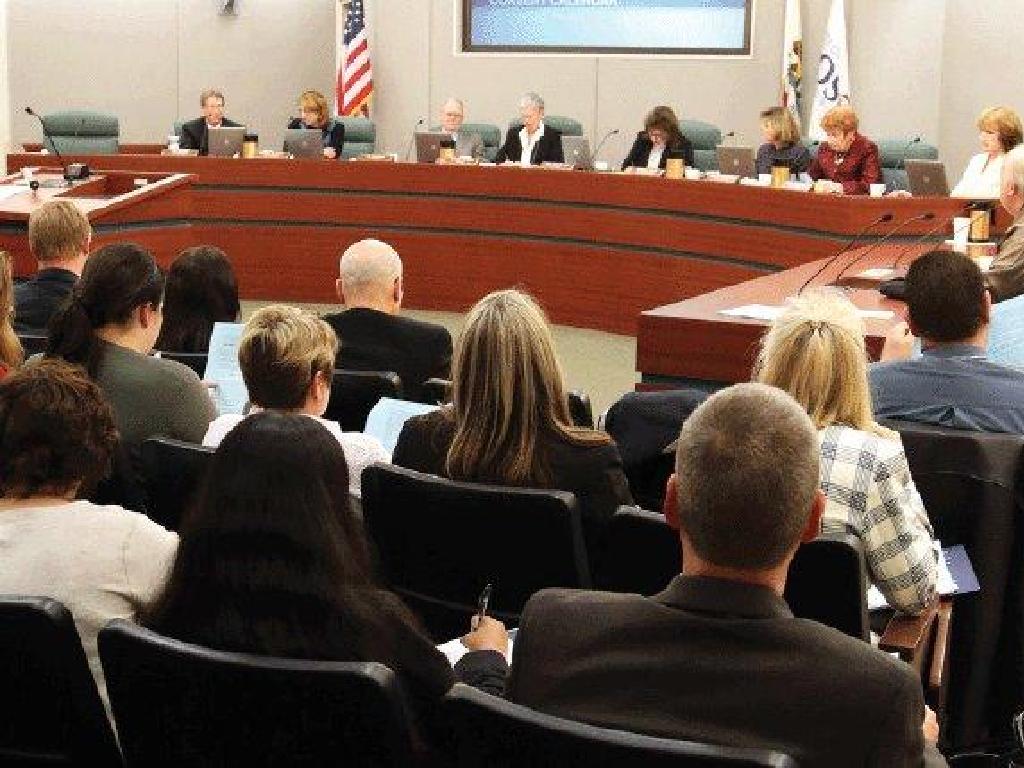Banks
Subject: Social studies
Grade: Eighth grade
Topic: Banking And Finance
Please LOG IN to download the presentation. Access is available to registered users only.
View More Content
Introduction to Banks
– Definition of a bank
– A bank is an institution that handles money and offers financial services.
– Banks’ role in daily life
– Banks keep our money safe, offer loans, and manage transactions.
– Brief history of banking
– Banking began in ancient times where lenders would offer grains as loans.
– Why banks are essential
– They provide security for savings and are key in financial stability.
|
This slide introduces students to the concept of banks and their significance in both history and modern society. Begin by defining a bank as a financial institution that accepts deposits, offers loans, and provides other financial services. Discuss how banks impact everyday life by safeguarding money, facilitating purchases, and supporting businesses with loans. Touch on the history of banking, starting from ancient lenders to the establishment of modern banks. Emphasize the importance of banks in maintaining economic stability and enabling financial growth. Encourage students to think about how banks affect their family’s finances and the broader economy.
Types of Banks: Diverse Banking Models
– Commercial Banks: Traditional banking
– Serve individuals and businesses, offering loans, deposits, and other financial services.
– Credit Unions: Member-focused institutions
– Not-for-profit cooperatives owned by members, offering similar services as commercial banks but with a focus on community.
– Savings & Loan Associations: Specialized in savings
– Specialize in savings accounts and real estate financing.
– Online Banks: Banking in the digital age
– Operate exclusively online, often offering higher interest rates and lower fees.
|
This slide introduces students to the various types of banking institutions and their unique characteristics. Commercial banks are the most common type, providing a full range of services for the public and businesses. Credit unions are cooperative entities owned by their members, often providing better interest rates and more personalized service. Savings and Loan Associations focus on savings accounts and mortgages. Online banks represent the modern evolution of banking, operating without physical branches and offering services through digital platforms. Encourage students to compare the benefits and limitations of each type of bank and consider how technology is changing the way we manage our finances.
How Banks Work
– Depositing money explained
– Money is kept safe and can earn interest over time.
– The lending process of banks
– Banks give loans to individuals/businesses and charge interest.
– Understanding bank interest
– Interest is the cost of borrowing money from the bank.
– Banks’ profit from interest
– Banks earn by charging higher interest on loans than what’s given on deposits.
|
This slide aims to explain the basic functions of banks to students. Start by discussing how banks provide a secure place for people to deposit their money, which can also earn interest. Then, explain how banks lend this money to others and charge interest, which is how they make a profit. Emphasize the concept of interest as both a fee for borrowing money and a reward for saving money. Use examples to illustrate how interest rates can affect both savers and borrowers. Encourage students to ask questions about the banking process and how it impacts their daily lives.
Understanding Bank Services
– Checking & Savings Accounts
– Used for daily transactions & savings
– Loans & Mortgages
– Borrowing money for various needs
– Credit & Debit Cards
– Payment methods linked to your bank
– Online Banking Services
– Manage finances anywhere, anytime
|
This slide introduces students to the primary services offered by banks. Checking accounts are typically used for daily transactions such as deposits and withdrawals, while savings accounts are intended for storing money long-term. Loans and mortgages represent ways in which banks lend money to individuals for personal needs or to purchase homes. Credit and debit cards offer convenient payment options and are directly linked to the user’s bank accounts. Online banking services provide customers with the ability to manage their finances from their computers or smartphones, making banking more accessible and efficient. Encourage students to discuss the benefits and responsibilities associated with each service and how they contribute to financial management.
The Role of the Federal Reserve
– Define the Federal Reserve
– The central bank of the U.S., managing the nation’s monetary policy.
– Federal Reserve’s role in regulation
– Ensures banks adhere to laws, manages nation’s money supply and interest rates.
– Federal Reserve’s economic impact
– Stabilizes the economy by controlling inflation and promoting employment.
– Understanding monetary policy
– Uses tools like interest rates to maintain economic balance.
|
The Federal Reserve, often referred to as ‘the Fed,’ is the central banking system of the United States and serves as the backbone of the nation’s financial system. It regulates the other banks to ensure they are safe and responsible with their customers’ money. The Fed plays a crucial role in maintaining economic stability by influencing interest rates and controlling the money supply, which affects inflation and employment rates. Understanding the Federal Reserve is key to comprehending how financial policies impact the broader economy. In class, discuss how the Fed’s decisions can affect students’ family finances, such as mortgage rates or savings account interest.
Banking Safety and Security
– Banks’ methods to safeguard money
– Banks use encryption, secure networks, and monitoring.
– Role of FDIC Insurance
– FDIC insures deposits up to $250,000 per account.
– Safe online banking practices
– Use strong passwords, avoid public Wi-Fi for transactions.
– Importance of banking security
|
This slide aims to educate students on the various measures banks take to ensure the safety and security of their customers’ money. Discuss encryption technology, secure networks, and constant monitoring as standard practices. Explain the Federal Deposit Insurance Corporation (FDIC) and how it protects depositors’ funds up to a certain limit. Emphasize the importance of personal responsibility in maintaining online banking security, such as creating strong passwords and being cautious with public Wi-Fi. Highlight the significance of these security measures in maintaining trust in the banking system and protecting individuals’ financial assets.
Class Activity: Banking Role-Play
– Divide into groups for role-play
– Each group gets a banking scenario
– Act out opening a bank account
One group will demonstrate the process and necessary documents.
– Simulate applying for a loan and using online banking
Groups will explore loan applications and navigating a bank’s website.
|
This interactive class activity is designed to give students a practical understanding of everyday banking operations. Divide the class into small groups, assigning each group one of the three scenarios: opening an account, applying for a loan, or using online banking services. Provide each group with a brief outline of their scenario to guide their role-play. Encourage creativity and attention to detail. Possible activities for the teacher include preparing role-play scripts, setting up mock banking stations, and providing checklists for each scenario. After the role-play, facilitate a discussion about the experiences and what students learned about banking processes.
Wrapping Up: Banks and Finance
– Recap of banking fundamentals
– Open floor for questions
– Preview next class topic
– Next class: Exploring Investment Basics
– Encourage curiosity and research
– Look up different bank services
|
As we conclude today’s lesson on banks, it’s important to summarize the key points we’ve covered, including the role of banks in the economy, the various services they offer, and how they impact our daily lives. Encourage students to ask any lingering questions they may have; this reinforces learning and clarifies doubts. Introduce the topic for the next class, which will be Investment Basics, to pique their interest. Remind students that learning about banking and finance is not just for class; they can also explore these topics on their own by researching different types of bank services and how they might use them in the future.






